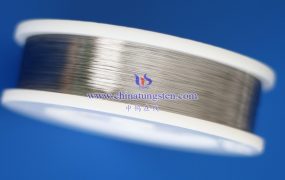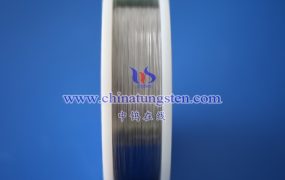
The diameter of a tungsten needle can be measured using various techniques, depending on the accuracy and precision required. Here are some common methods of measuring the diameter of a tungsten needle:
Optical microscopy: This technique involves placing the tungsten needle on a microscope slide and using an optical microscope to measure the diameter. The microscope is calibrated using a reference scale to ensure accurate measurements.
Scanning electron microscopy (SEM): SEM can provide higher magnification and resolution than optical microscopy. The tungsten needle is placed on a conductive substrate and scanned with a beam of electrons. The resulting images can be used to measure the diameter with high accuracy.
Atomic force microscopy (AFM): AFM is a high-resolution technique that can measure the diameter of tungsten needles with sub-nanometer precision. The needle is placed on a flat surface, and a small probe is scanned over the surface to measure the needle’s dimensions.
Laser diffraction: This method involves passing a laser beam through a suspension of tungsten needles and measuring the resulting diffraction pattern. The pattern can be used to calculate the average diameter of the needles.
Micro-electromechanical systems (MEMS): MEMS devices can be used to measure the diameter of tungsten needles with high precision. The needle is placed on a MEMS device that measures its dimensions using electrical signals.
The choice of measurement technique depends on the desired level of precision, the size of the tungsten needle, and the available equipment. It is important to choose a method that can provide accurate and reliable measurements to ensure the quality and consistency of the tungsten needles.






